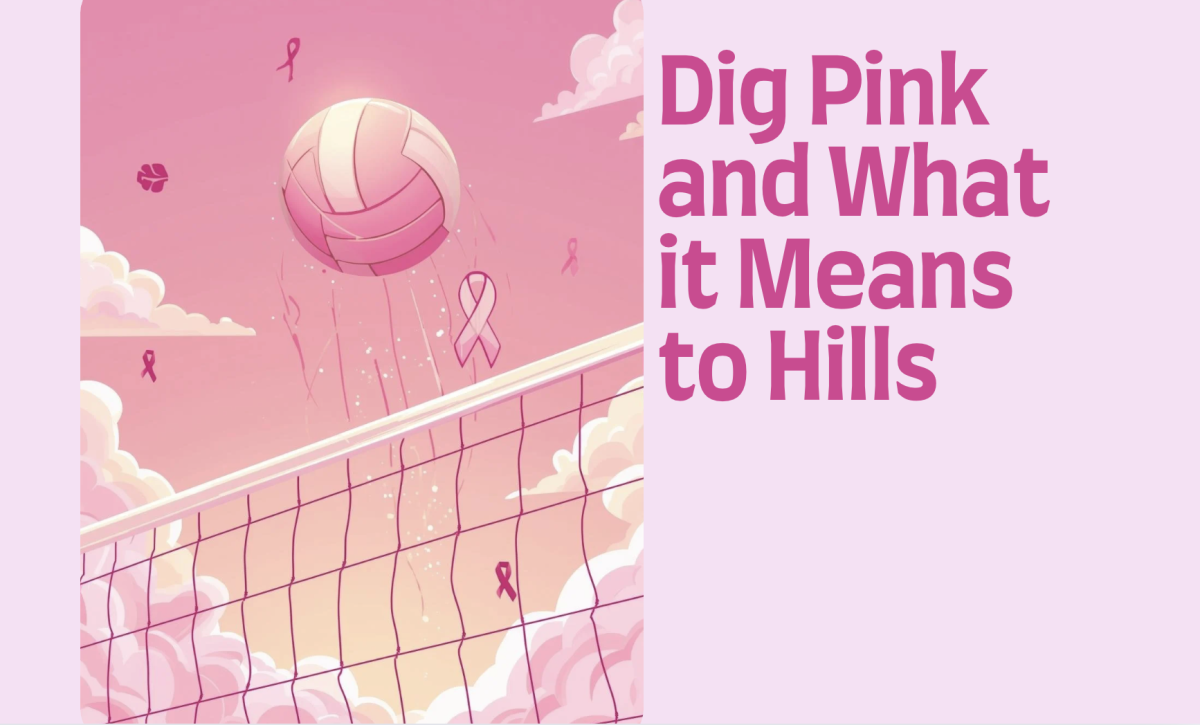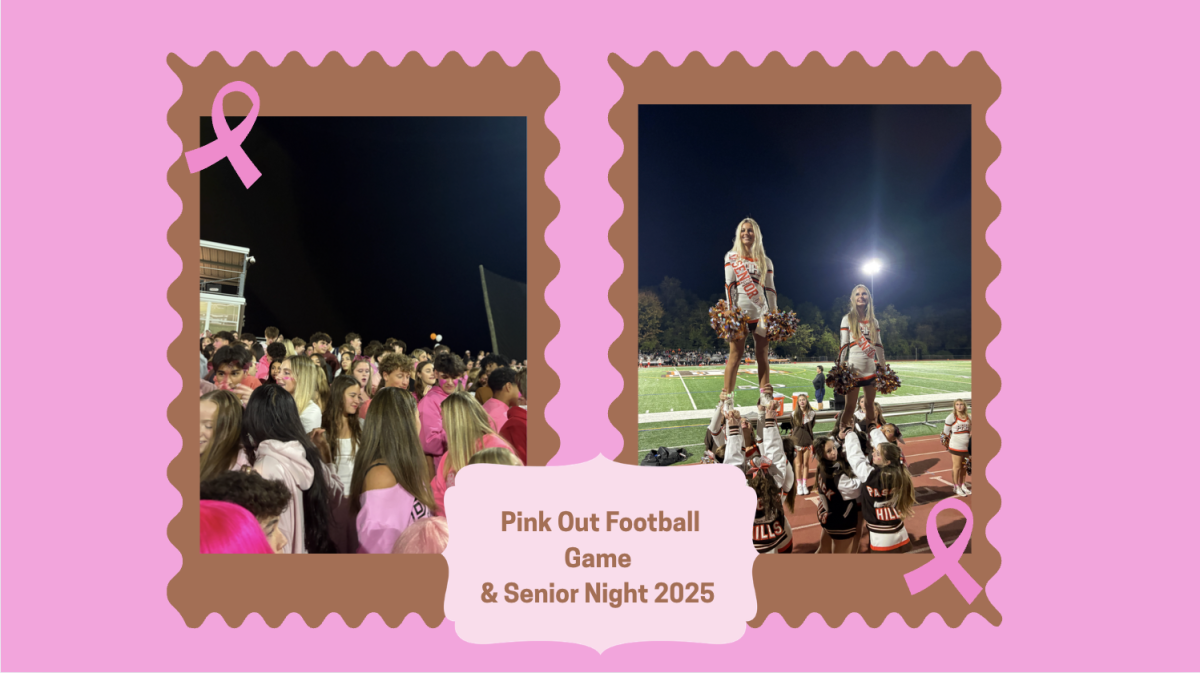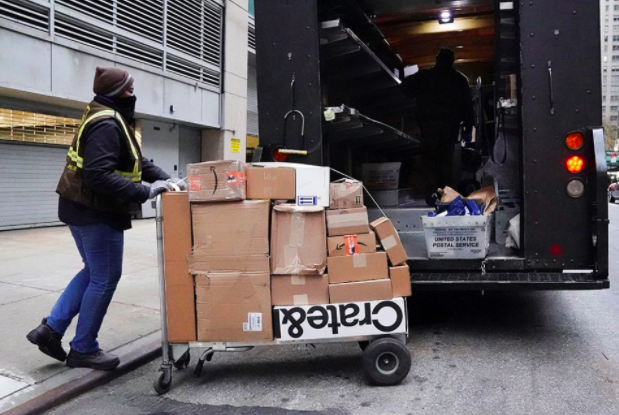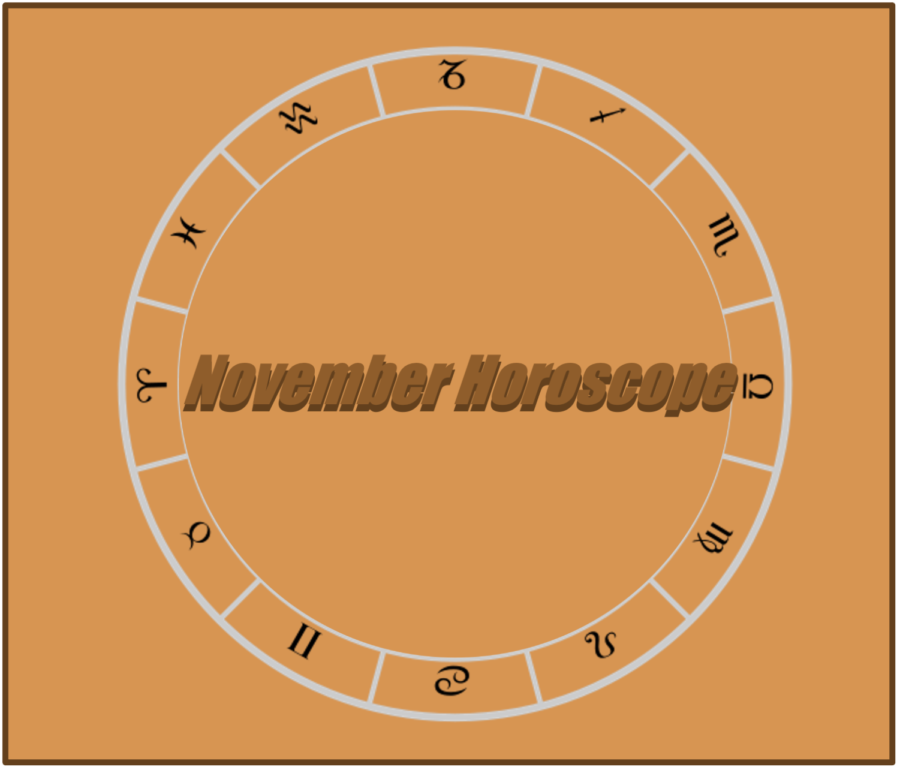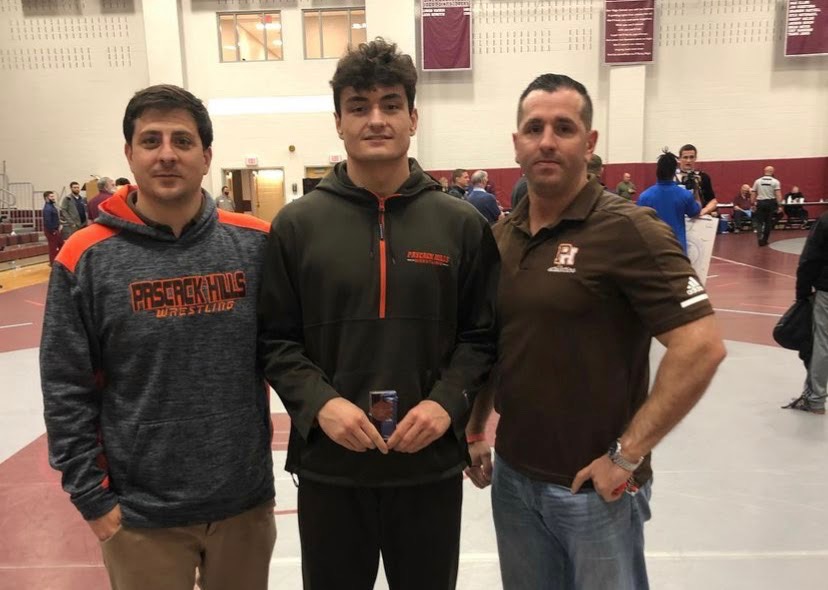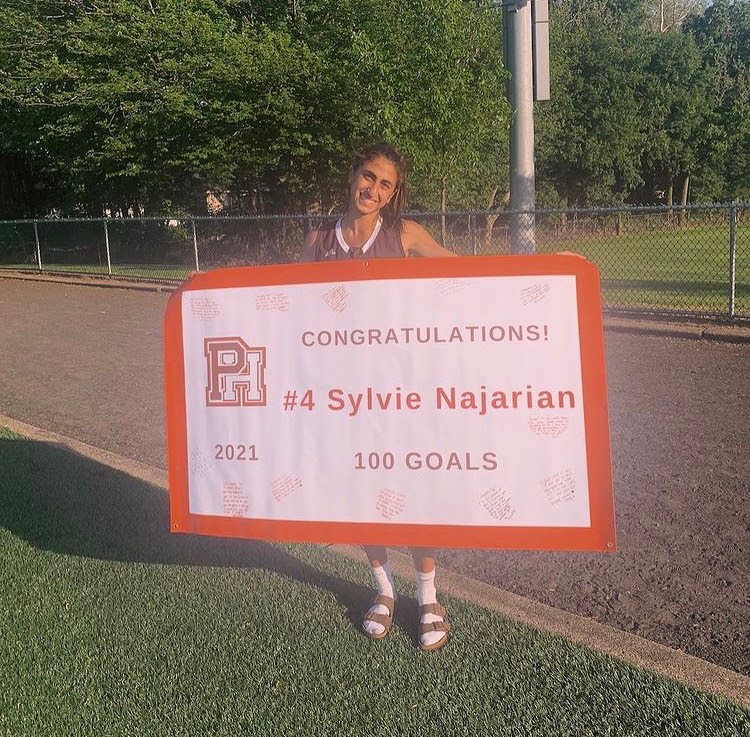There are hundreds of thousands of ways to communicate in the world today. And of those, over one hundred are sign languages. There is one sign language for the United States of America. Jamie Steinberg of New York has an extremely unique career as a sign language interpreter.
Since she was seven or eight years old, Steinberg has been fascinated by sign language. In Hofstra University as an undergraduate student, she took notes for another student who was deaf. This was before the Americans with Disabilities Act was passed. She had a career that she didn’t like, and her father suggested pursuing her love for sign language as an interpreter.
Steinberg received her Certificate in Interpreting from Union County College after a three-year program. In the beginning of her rigorous sign language studies, “it was slow and awkward,” Steinberg said, “just like learning any other language.” After hard work and practice, she became fluent! She exclaimed, “I absolutely love being an interpreter.”
With new innovations and changes happening everyday, she is always kept on her toes and her job is always exciting. Steinberg said, “I love interacting with people from all walks of life. I like the variety in my work because it never becomes routine. I work with different people in different situations almost every day. For example, I may interpret in a doctor’s appointment in the morning and a student in a college class in the afternoon.”
Steinberg loves her career for countless reasons. She stated, “I think sign language is a beautifully expressive language.” For her, sign language is “very lyrical and poetic to the eyes.” What makes sign language so distinct is that it is a full body experience and that “facial expressions and mouth movements are an integral part of the grammar.”
For those who are interested in having sign language as their career, Steinberg believes that if you prefer “stability, there are interpreters who work in elementary schools or within a corporation, for example, which offers a steady schedule and guaranteed pay.”
She is a freelance interpreter, who sets her own work hours and must find her own work. A “well-rounded education and strong skills in your native language” is crucial to learning a second language, such as sign language. “Understanding and respecting the culture of this second language,” Steinberg said, “is the important when learning [it].”
All of the beautiful aspects of sign language paint a picture in a “delightfully sophisticated” manner. In this career, Steinberg finds it both rewarding and culturally stimulating to be a sign language interpreter.






